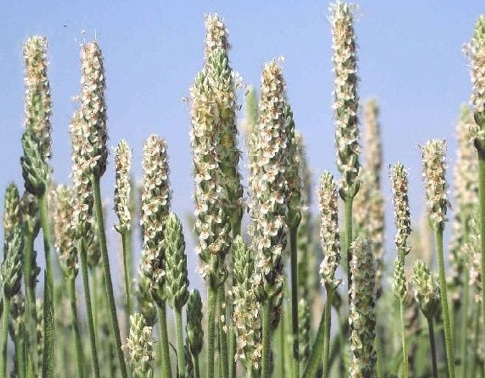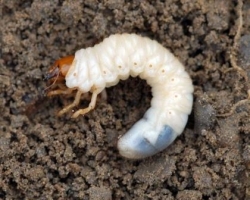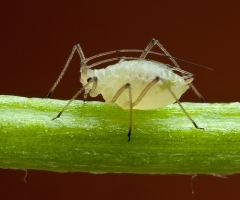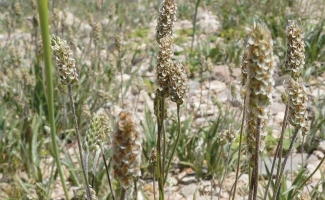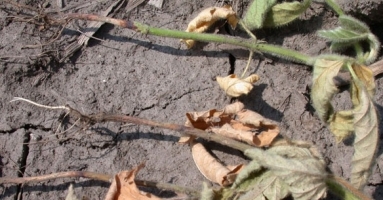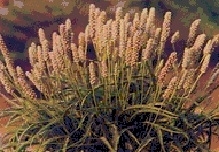General Information
Isabgol, stemless herb, is important medicinal crop of India. Isabgol derives its name from Persian word ‘Aspghol’ which means horse-ear. Its husk possess medicinal values. Drugs prepared from isabgol are used to treat constipation, diarrhea, piles, asthma, kidney problems etc. Apart from its medicinal value it is used in food industry i.e in Ice-cream, biscuits and candies. India is largest producer as well as exporter of Isabgol. In India, Rajasthan, Gujarat, Madhya Pradesh and Haryana are major isabgol producing states. In Rajasthan, it is grown on commercial scale and state rank first in term of production and area. Pali, Jodhpur, Barmer and Jalore are major Isabgol producing areas of Rajasthan.

